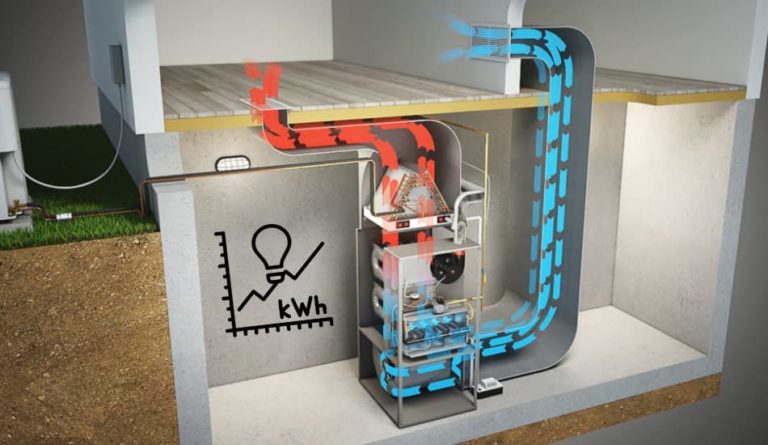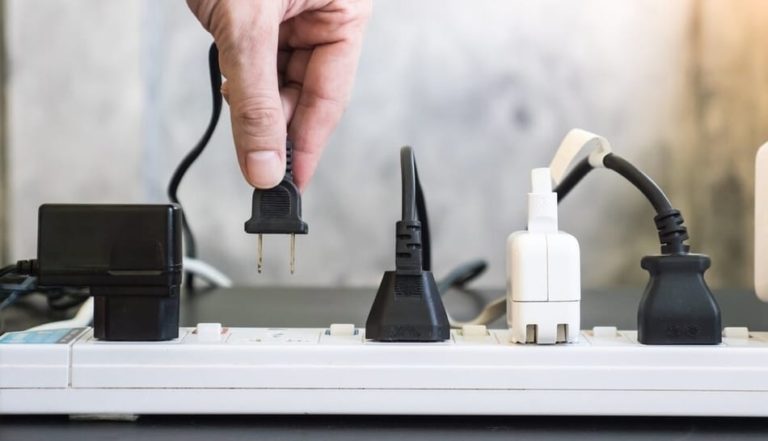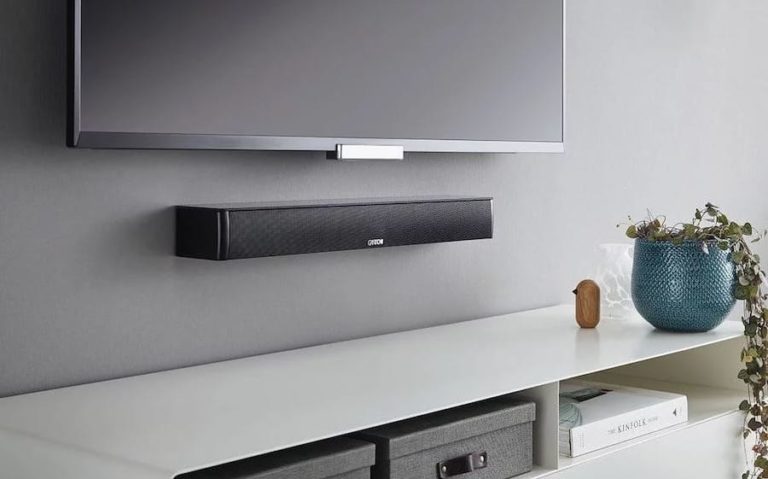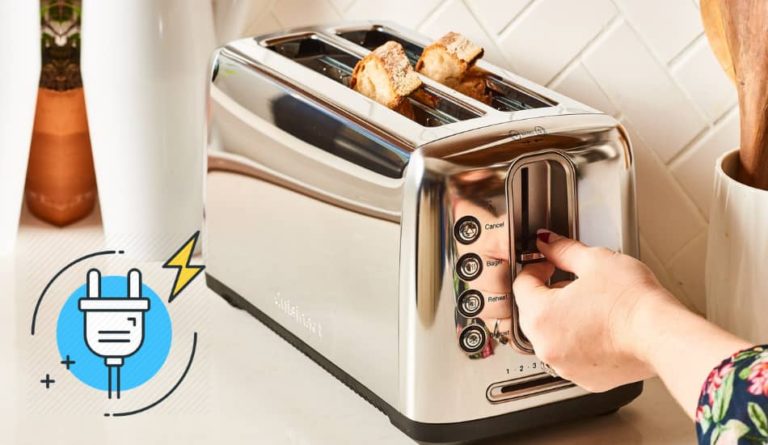How Much Power (Watts) Does A Robot Vacuum Use?
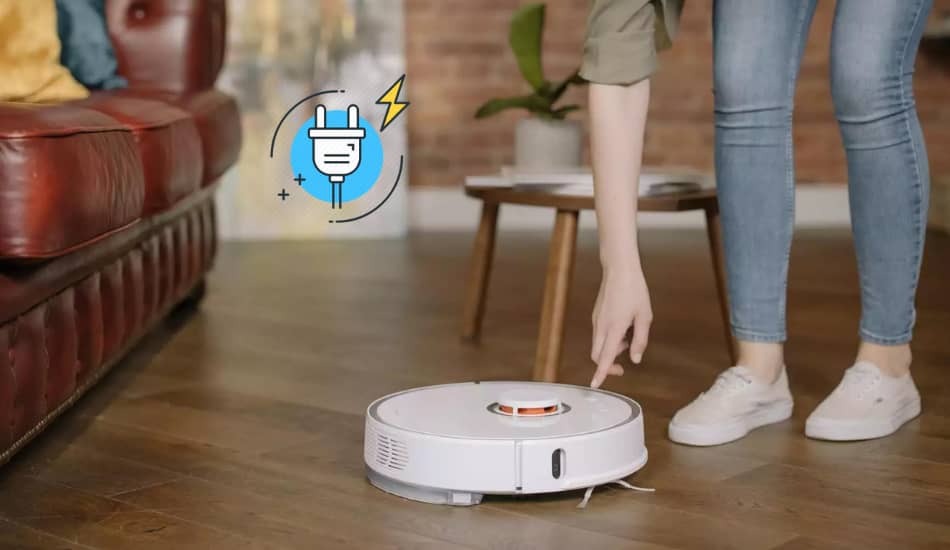
A robot vacuums are the new way how you can keep your home clean. Recently, these advanced robots have made an appearance on the market, and their demand is growing. What makes them special is that they do everything themselves. But they are also consumers of electricity, and the question arises how much do they actually consume? In this article we will analyze how much power do these robot vacuums need to operate. So, let’s start.
Table of Contents
How Much Power (Watts) Does A Robot Vacuum Use?
So How Much Power (Watts) Does A Robot Vacuum Use? A typical home robot vacuum consumes between 30 to 90 watts per charge. With one charge robot vacuum can run for 60 min in normal operation mode and around 90 min in Eco mode. For using a robot vacuum 2h per day you will consume approximately 3.6 kWh a month, which will cost you $0.46 cents.
Another important factor that we need to consider when it comes to robot vacuums is battery life. In general, most robot vacuums can run for at least 60 minutes, which is enough to clean smaller homes or apartments. If you have a bigger house, you’ll want to search for a robot vacuum that can run for at least 90 minutes, so it can hit every room before requiring a recharge.
The typical range of suction power when it comes to home robot vacuums is between 50 to 120 watts. Once fully charged, the robot vacuum consumes about 3.6 watts of energy in standby mode. This is approximately around 3.6 kWh a month. For a robot vacuum to charge it takes 3 hours at around 30 watts.
| Robot Vacuum Power | Cost per Charge | Cost per Month |
|---|---|---|
| Robot Vacuum – 20 Watts | $0.0026 | $0.078 |
| Robot Vacuum – 30 Watts | $0.0039 | $0.117 |
| Robot Vacuum – 50 Watts | $0.0065 | $0.195 |
| Robot Vacuum – 90 Watts | $0.0117 | $0.351 |
| Robot Vacuum – 120 Watts | $0.0156 | $0.468 |
Robot vacuums can be divided into three power classes:
- Weak Power Robot Vacuums (15-20W): In this class, we have robot vacuums that have a power suction around 15-20 W. Such a vacuum cleaner can only do simple tasks such as: cleaning dust and small lint from clothes. This device will not be able to clean the carpet or remove coarser dirt.
- Average Power Robot Vacuums (30-35W): In this class, robot vacuums have a power suction that is around 30-35 W. Most of the models that are found in stores belong to this category. Their capabilities are enough to remove dirt and to clean the carpets.
- High Power Robot Vacuums (90-120W): This class of robot vacuums has a power suction around 90-120 W. Such robots efficiently collect pet hair and clean carpets better than previous classes. These models are a little harder to find in stores, and they can be found on Amazon.
If you want to read How Much Power (Watts) Does A Normal Vacuum Cleaner Use, feel free to read this article.
How Does A Robotic Vacuum Work?
Earlier designs of the robot vacuums included by-hand navigation with remote control and a “self-drive” mode in which the vacuum would move on its own based on sensors that made out upcoming or current obstacles. Today, models use artificial intelligence and deep learning techniques for better mapping, object identification, and event-based cleaning.
The robot vacuum is shaped like a circle or in some cases like a letter D. Inside of it, the main components are the battery, motor, and microprocessor.
- The battery gives power to the motor and is most importantly rechargeable.
- The motor drives the wheels moving them around. It also performs the vacuuming suction and spins the brushes and the brush roll if the vacuum has one.
- The microprocessor, also known as the logic chip, is the central unit of the vacuum computer system that performs arithmetic and logic operations such as processing low-frequency radio wave signals and infrared breams the vacuum transmitted.
Most robotic vacuums have a remote control. More advanced models even map the room, and you can track and control them through your mobile phone. Some, but very few, have onboard controls.
Calculate How Much Electricity Does A Robot Vacuum Use?

If you own a robot vacuum cleaner, it would be good to know how to calculate its real power consumption. To calculate how much electricity does your robot vacuum use, you need to know its wattage. Most devices like this have a label where the wattage number is listed.
Here is a simple formula that can give us information about how much electricity does it consume:
E = P (W) x T (h) [kWh]
Let’s use an example. A robot vacuum comes with a 50-watt power, and it runs for 2 hours per day. The average price of electricity per 1 kWh is 13 cents.
- E = 0.05 (kW) x 2 (hours) = 0.10 kWh per day
- E = 0.10 x 30 (days) = 3 kWh per month
Therefore, if we use our robot vacuum every day for 2 hours, we’ll consume 3 kWh per month and it will cost us 39 cents.
Calculate Robot Vacuum Power By Measuring Device
Measure robot vacuum power consumption by using a Kill A Watt Meter. This is the best way on how you can get the most accurate results. The wattmeter is used for measuring the power in watts of any given circuit. Here are the numbers that I got from measuring my robot vacuum:
- When docked and not charging, the robot vacuum uses 5 watts
- Maintaining a charge, it uses 10 watts
- While it’s charging, it uses 27-30 watts (charges for about 3 hours)
During the period of 1 month, this adds up to be around 3.6 to 4.5 kWh a month. To keep it plugged in and charging all the time, it will cost us around $0.34 a month and $4.08 per year.
Robotic Vacuum Vs. Regular Vacuum: Energy Comparison

Robotic vacuums use between 30 to 90 watts of energy per charge while the typical vacuum cleaner consumes 1.4 kWh of energy per hour. Therefore, robotic vacuums consume 15 times less energy than regular vacuum cleaners.
Normal vacuum cleaners consume around 1000-1500 watts of energy which ends up being 78 kWh per year, while the robotic vacuum needs around 30-60 watts of energy to charge and then run for about an hour.
| Robot Vacuum Power | Cost per Charge | Vacuum Cleaner Power | Cost per Hour |
|---|---|---|---|
| 20 Watts | $0.0026 | 650 Watts | $0.084 |
| 30 Watts | $0.0039 | 1000 Watts | $0.13 |
| 50 Watts | $0.0065 | 1400 Watts | $0.18 |
| 90 Watts | $0.0117 | 2000 Watts | $0.26 |
| 120 Watts | $0.0156 | 2200 Watts | $0.28 |
Of course, the power consumption varies based on many factors such as: the size of the house, vacuuming frequency, and vacuum efficiency just like it would for the regular vacuum. The purchasing price of robotic vacuums is higher than for the regular vacuum but the long-term satisfaction of not having to vacuum on your own and spending less money and energy is pretty awesome.
Can A Robot Vacuum Replace A Normal Vacuum Cleaner?
Robot vacuums are lacking a lot of features that normal vacuums have, and they can’t fully replace a normal vacuum cleaner. The most important one is suction power. Robotic vacuums have lower suction power and can’t perform nearly as well.
Additionally, robotic vacuums can’t go from one floor to another. That’s why our advice would be to own both. Use the robotic vacuum to keep your house floors clean all the time and use the regular one in special situations such as if something got spilled or scattered.
Related Article: How Much Electricity (Power) Does Xbox Series X Use?
The Pros And Cons Of A Robot Vacuum Cleaner
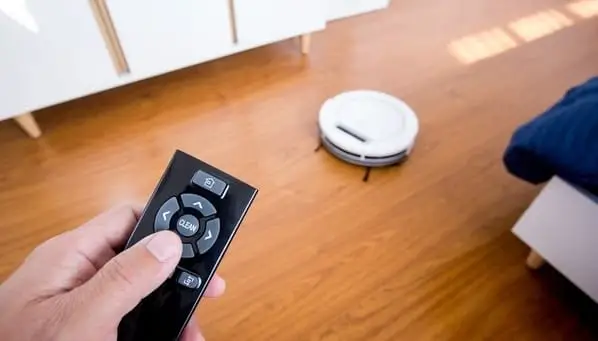
Some have already been mentioned, but here are all the pros and cons of the robot vacuum cleaner in comparison to the regular one:
- Hands-Free Operation Service- you barely have to touch the vacuum in order to have your whole house vacuumed. The only thing you must do is empty the dirt receptacle from time to time. Some newer models even do that on their own.
- Lower Power Usage – they consume very little power. Around 30 to 50 watts per charge.
- Self-charging features- Most commonly, robotic vacuums return to their home bases to recharge when the battery is almost run out and continue vacuuming after charging.
There are also disadvantages to purchasing and using a robot vacuum. Here are some:
- Higher upfront costs – Robot vacuums cost more to purchase than the regular ones. Because of its attractive modern features, the robot vacuum is more expensive to produce.
- Lower suction power – In comparison to a regular vacuum, the robot vacuums have weaker suction power because of the lower wattage usage. This can be a significant disadvantage if you have thick rugs.
- Limited to one floor – The robot vacuum can’t pass from one floor to another. Even if it is just a few stairs. So, if you do have a split-level home, a sunken living room, or multiple floors in the house, this appliance might not be handy for you.
How Long Do Robot Vacuum Battery Last?
The average time before the battery runs out in robot vacuums is around an hour in normal mode, and 90 minutes in eco-mode. This can vary up to 15 minutes, more or less, based on the floor type and texture. Many hairs on the floor and fibers such as rugs reduce the cleaning time because they take more power to clean. Clean the robot vacuum’s brushes as often as possible so that it doesn’t have extra aggravating interference when it reaches more challenging surfaces to clean.
Limitations of Robot Vacuum Cleaners
Other than the mentioned limitations: lower suction power, bigger upfront cost, and limitation to one floor. Here are some more:
- Having a robotic vacuum requires more space prep– meaning, you must remove or protect fragile items that are placed on the floor. For example, floor vases and décor. You also must remove or stick to the floor any wires or power cords.
- Because the wheels and motor are fairly small, robot vacuums often get stuck on thresholds and rug endings and tassels.
- They often have issues cleaning dark floors because it confuses the sensors.
Here is also another interesting article for those who want to know more, How Much Power (Watts) Does An Electric Iron Use?
Final Thoughts
Robotic vacuum cleaners were considered an expensive toy a while ago, and they were bought more for status than for real work. The early robot vacuum models did not always do a good job of cleaning, but now they are more improved. These devices don’t consume a lot of power, and they are eco friends compared to normal vacuum cleaners. But the downside is that they are quite weak and cannot vacuum as well as the stronger models.
Some buyers believe that a robotic vacuum cleaner should completely replace a conventional vacuum cleaner. But the truth is in the middle; devices of this type can automatically remove any small debris and dust accumulated over several days from the floor. I hope that this article has helped you and that you are now more aware of their possibilities.


